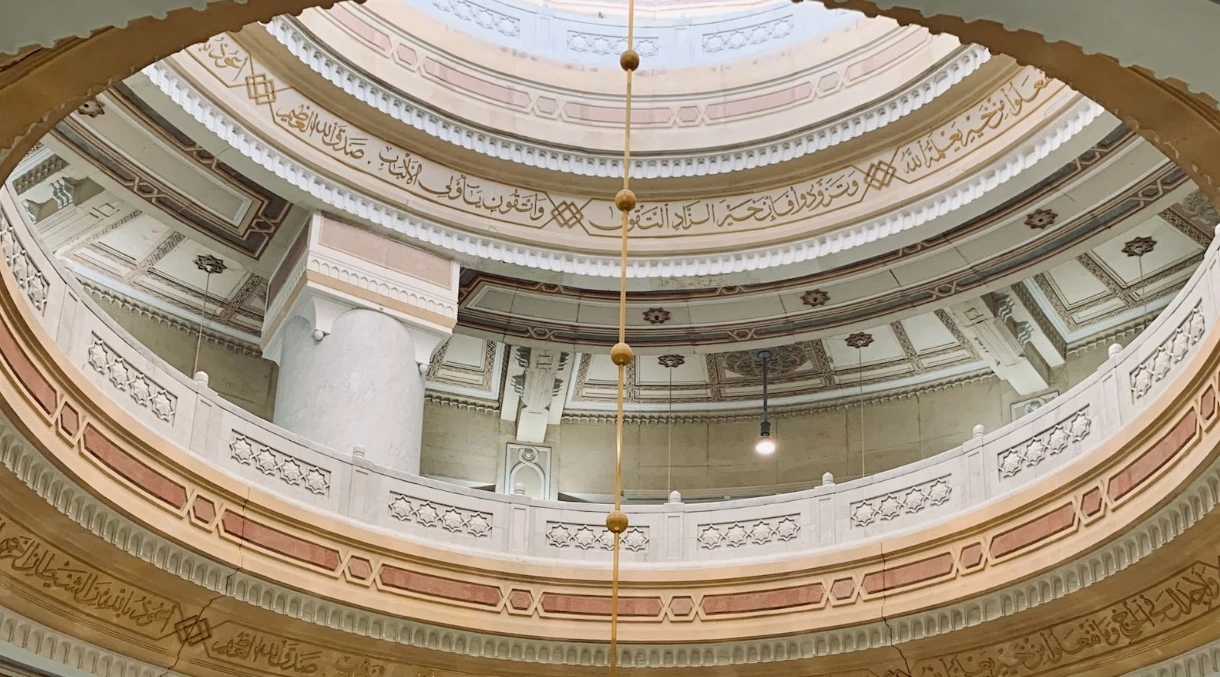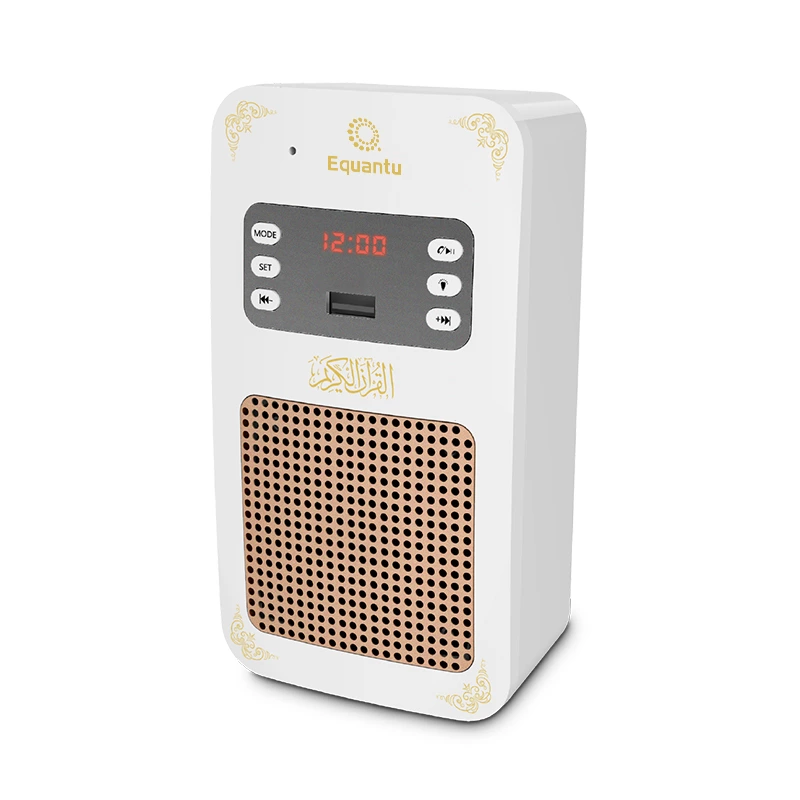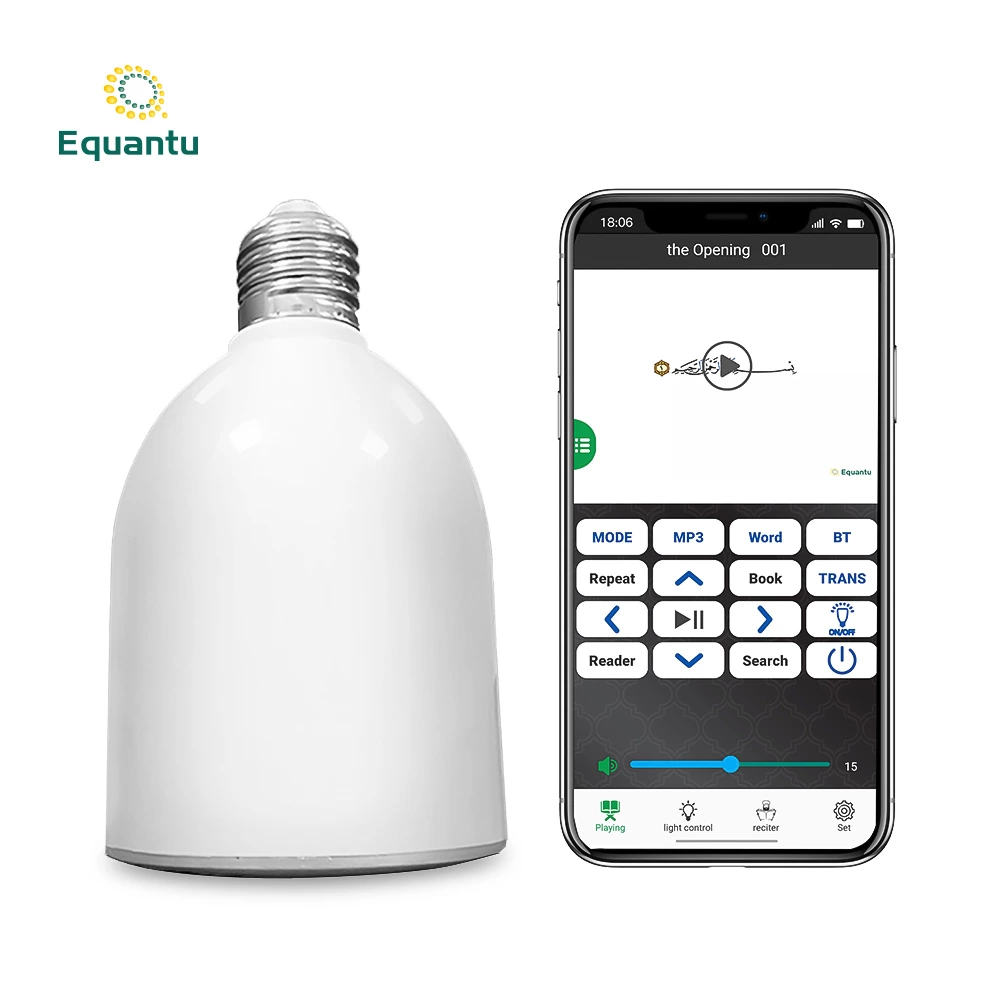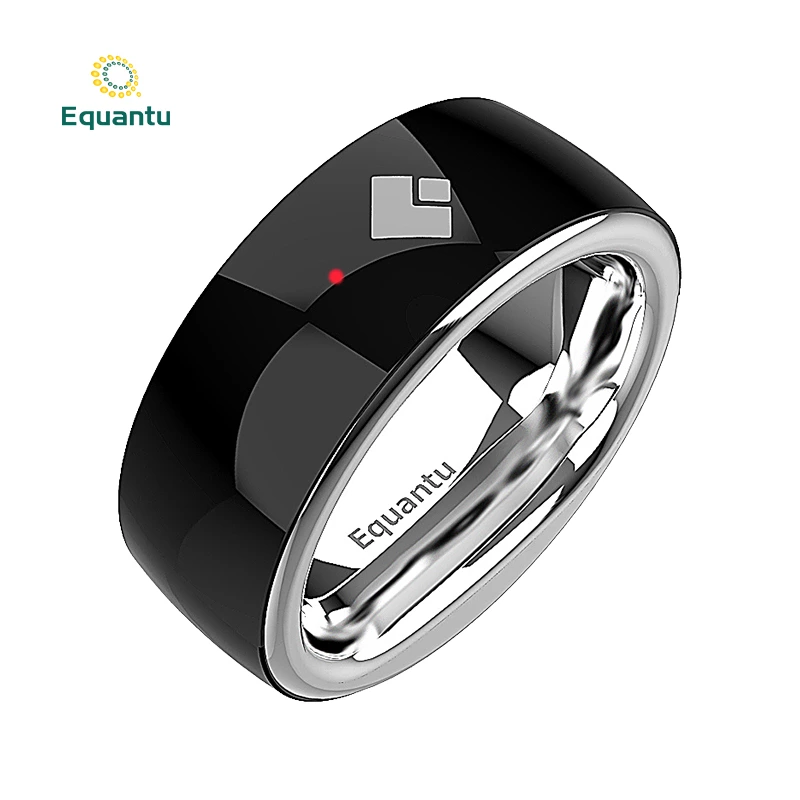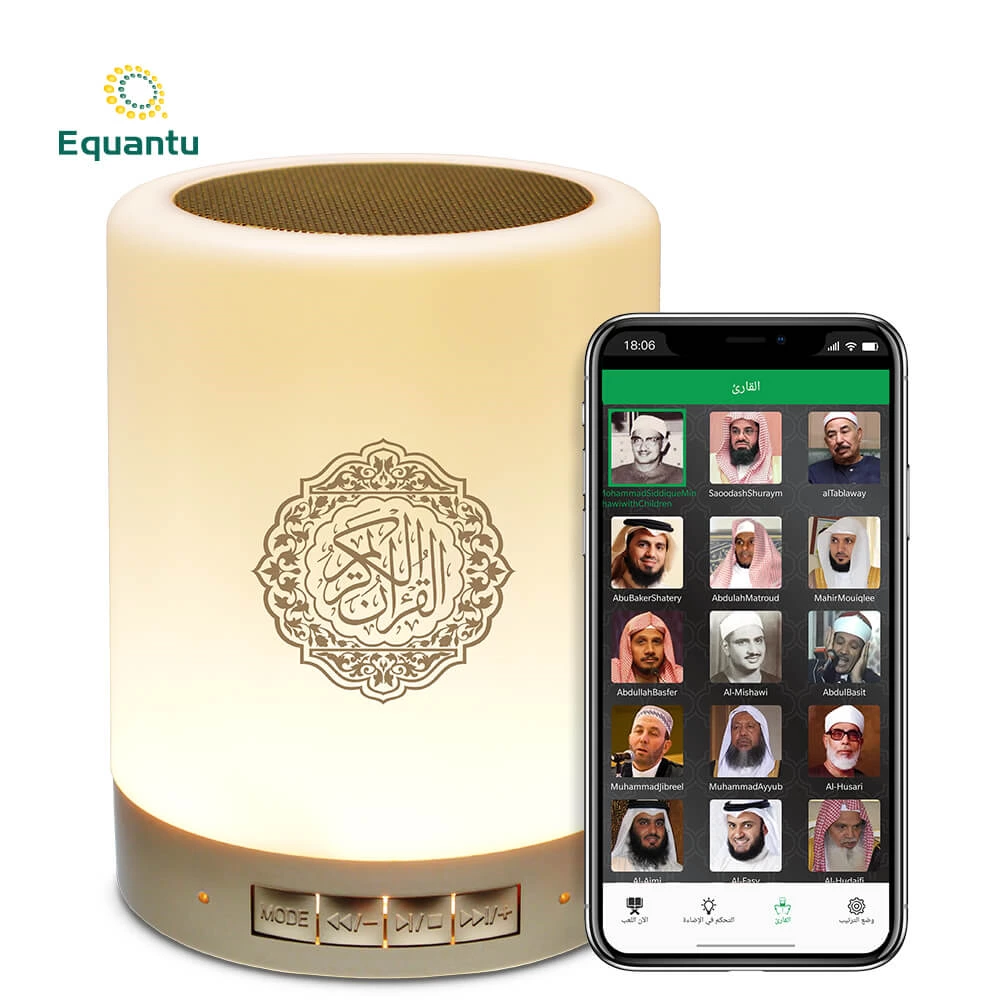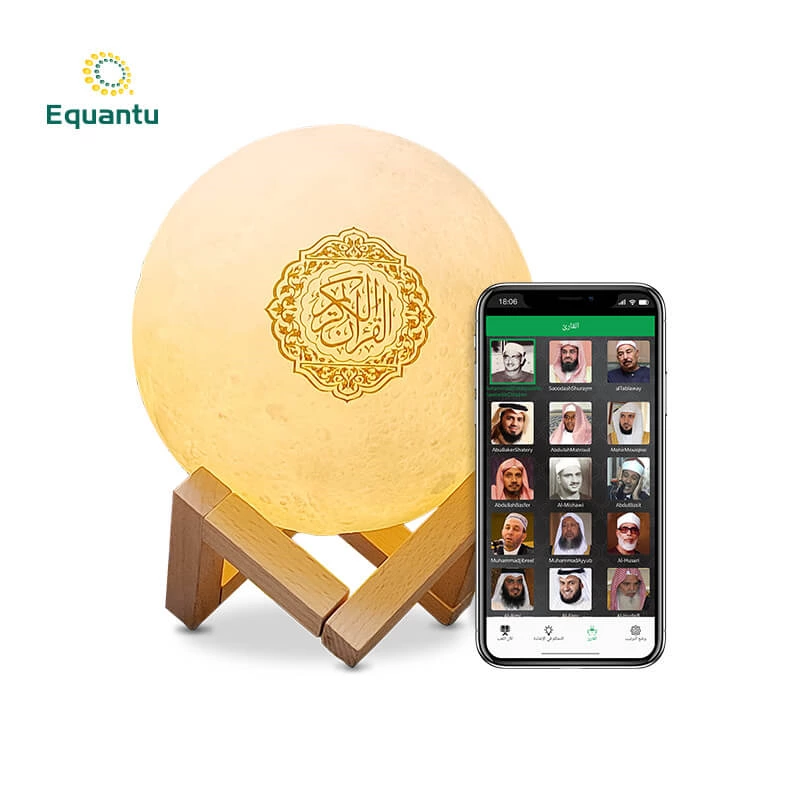Understanding the Two Eids
Eid al-Fitr
- Marks the end of Ramadan, the month of fasting.
- Typically falls on the 1st day of Shawwal, the 10th month of the Islamic calendar.
Eid al-Adha
- Commemorates Prophet Ibrahim's willingness to sacrifice his son as an act of obedience to Allah.
- Falls on the 10th day of Dhu al-Hijjah, the 12th month of the Islamic calendar.
Eid Prayer Times
General Timing
- Eid prayers are performed in the morning, after sunrise but before noon.
- The exact time can vary by location and local customs.
Specific Timings
- Eid al-Fitr Prayer: Usually performed 15-30 minutes after sunrise.
- Eid al-Adha Prayer: Can be slightly later, often performed 20-45 minutes after sunrise.
Factors Influencing Prayer Times
- Local sunrise times
- Community traditions
- Mosque or prayer ground capacity
Practices of Eid Prayer
Preparation for Eid Prayer
- Ghusl: Taking a complete bath before the prayer.
- Wearing Best Clothes: Dressing in clean, presentable attire.
- Eating Before Prayer: For Eid al-Fitr, eating something sweet (often dates) before the prayer is Sunnah.
- Takbir: Reciting "Allahu Akbar" on the way to the prayer ground.
Structure of Eid Prayer
- Congregation: Performed in a large gathering, often outdoors.
- No Adhan or Iqama: Unlike regular prayers, Eid prayer has no call to prayer.
- Two Rak'ahs: The prayer consists of two units.
- Additional Takbirs: Extra declarations of "Allahu Akbar" are included.
- Khutbah (Sermon): Delivered after the prayer, unlike regular prayers where it precedes.
Step-by-Step Eid Prayer Process
- Make the intention (niyyah) for Eid prayer.
- Follow the Imam in the additional Takbirs.
- Recite Surah Al-Fatihah and another Surah.
- Complete the first Rak'ah with Ruku and Sujood.
- In the second Rak'ah, repeat the process with additional Takbirs.
- Conclude the prayer with the final sitting and Tasleem.
- Listen to the Khutbah delivered by the Imam.
Celebrations Following Eid Prayer
Immediate Post-Prayer Activities
- Greeting fellow Muslims with "Eid Mubarak" or similar phrases.
- Embracing friends and family members.
- Sharing sweets or dates.
Eid al-Fitr Specific Celebrations
- Zakat al-Fitr: Giving charity before the Eid prayer.
- Festive Meals: Families gather for special breakfast or lunch.
- Visiting Relatives and Friends: A day of social gatherings and strengthening ties.
Eid al-Adha Specific Practices
- Qurbani (Sacrifice): Sacrificing an animal and distributing the meat.
- Extended Celebrations: Often lasts for three days, known as the Days of Tashreeq.
- Pilgrimage Completion: Coincides with the completion of Hajj for pilgrims in Mecca.
Cultural Variations in Eid Celebrations
Regional Customs
- Different cultures have unique foods, clothing, and traditions associated with Eid.
- Examples: Mehndi application in South Asian cultures, special pastries in Middle Eastern countries.
Global Muslim Community
- Despite cultural differences, the core spiritual aspects remain consistent worldwide.
- Social media and technology allow for global sharing of Eid experiences.
Celebrating Eid in Non-Muslim Countries
Adjustments and Accommodations
- Timing of Celebrations: May shift to weekends for those in work or school.
- Prayer Locations: Use of rented halls or outdoor spaces when mosques are insufficient.
- Public Awareness: Efforts to educate non-Muslims about the significance of Eid.
Community Building
- Eid events often serve as a means to bring the Muslim community together in diaspora settings.
- Interfaith Eid celebrations to foster understanding and harmony.
The Spiritual Significance of Eid Prayers
Gratitude and Reflection
- Eid al-Fitr: Thankfulness for the ability to complete Ramadan.
- Eid al-Adha: Reflection on sacrifice and submission to Allah's will.
Community Strengthening
- Eid prayers bring the entire Muslim community together, reinforcing bonds of brotherhood and sisterhood.
Renewal of Faith
- An opportunity to renew one's commitment to Islamic principles and values.
Preparing Children for Eid
Educational Aspects
- Teaching children about the significance of Eid and its prayers.
- Involving them in preparation activities.
Creating Joyful Memories
- Special Eid clothes and gifts.
- Encouraging children's participation in charitable activities.
Modern Challenges and Adaptations
Work and School Considerations
- Navigating time off for Eid in non-Muslim majority countries.
- Virtual Eid gatherings for those unable to attend in person.
Technological Integration
- Live streaming of Eid prayers for those unable to attend.
- Social media platforms used for sharing Eid greetings and experiences.
Conclusion
Eid prayers and celebrations are a vibrant expression of Islamic faith and community. They serve not only as religious observances but also as cultural touchstones that bring Muslims together in joy and gratitude. Whether performed in vast open grounds in Muslim-majority countries or in community centers in the West, Eid prayers embody the universal spirit of Islam – unity, charity, and devotion to Allah.
For Muslims, Eid is a time of spiritual renewal, social bonding, and joyous celebration. It's an opportunity to strengthen faith, foster community ties, and share the beauty of Islamic traditions with the broader world. As global communities become more interconnected, the celebration of Eid also serves as a bridge of understanding between Muslims and people of other faiths.
Understanding the practices and significance of Eid prayers and celebrations offers valuable insights into the Islamic way of life, highlighting the balance between spiritual devotion and communal joy that is central to the faith. Whether you're a Muslim seeking to deepen your understanding of Eid practices or someone curious about Islamic traditions, the richness and warmth of Eid celebrations reflect the heart of Muslim communities worldwide.
